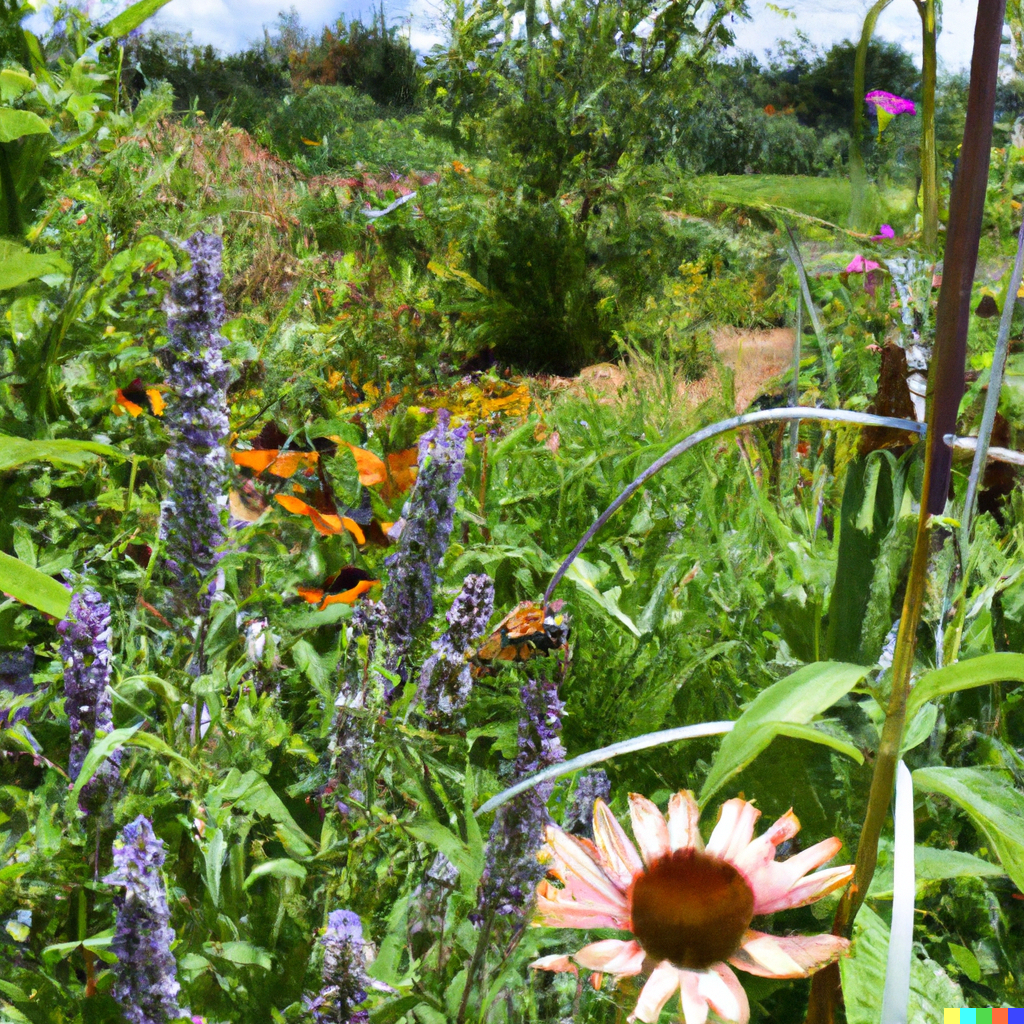Volunteer landscaping can play an important role in supporting biodiversity and conservation efforts. By creating and maintaining healthy, natural landscapes, volunteers can help promote the survival of local plant and animal species, as well as the ecosystems they rely on. In this blog post, we’ll explore the key ways that volunteer landscaping can support biodiversity and conservation.
- Planting Native Species: One of the most effective ways to support biodiversity is by planting native species of plants and trees. Native species have evolved to thrive in local ecosystems, which makes them more resistant to pests, disease, and drought. By planting and nurturing native plants, volunteers can help support local biodiversity by creating habitat for native insects, birds, and other wildlife.
- Removing Invasive Species: Invasive species can have a negative impact on local ecosystems by crowding out native species and disrupting natural processes. Volunteers can help support conservation efforts by identifying and removing invasive species, which can help restore balance to local ecosystems.
- Creating Pollinator Gardens: Pollinators, such as bees, butterflies, and birds, play a critical role in maintaining healthy ecosystems. By creating pollinator gardens, volunteers can provide habitat for these important species, which can help promote biodiversity and conservation efforts.
- Supporting Habitat Restoration: Volunteer landscaping can also support habitat restoration efforts by restoring wetlands, forests, and other natural areas that have been damaged by human activities. This can include planting trees, removing debris, and restoring waterways, which can help create healthy, functional ecosystems that support a diverse range of plant and animal species.
- Providing Environmental Education: Volunteer landscaping projects provide an opportunity to educate community members about the importance of biodiversity and conservation efforts. This can help build awareness and support for environmental initiatives, which can help to promote long-term conservation efforts.
- Reducing Pollution: Volunteer landscaping can help reduce pollution by promoting the use of environmentally-friendly landscaping practices, such as composting, mulching, and using organic fertilizers. These practices can help to minimize the amount of pollutants that enter local waterways and can help protect local ecosystems.
In conclusion, volunteer landscaping can play an important role in supporting biodiversity and conservation efforts. By planting native species, removing invasive species, creating pollinator gardens, supporting habitat restoration, providing environmental education, and reducing pollution, volunteers can help promote healthy, functional ecosystems that support a diverse range of plant and animal species. If you’re looking for a way to make a positive impact on the environment, consider volunteering for a landscaping project in your area – you’ll be helping to promote biodiversity and conservation efforts that benefit both the environment and the community.
